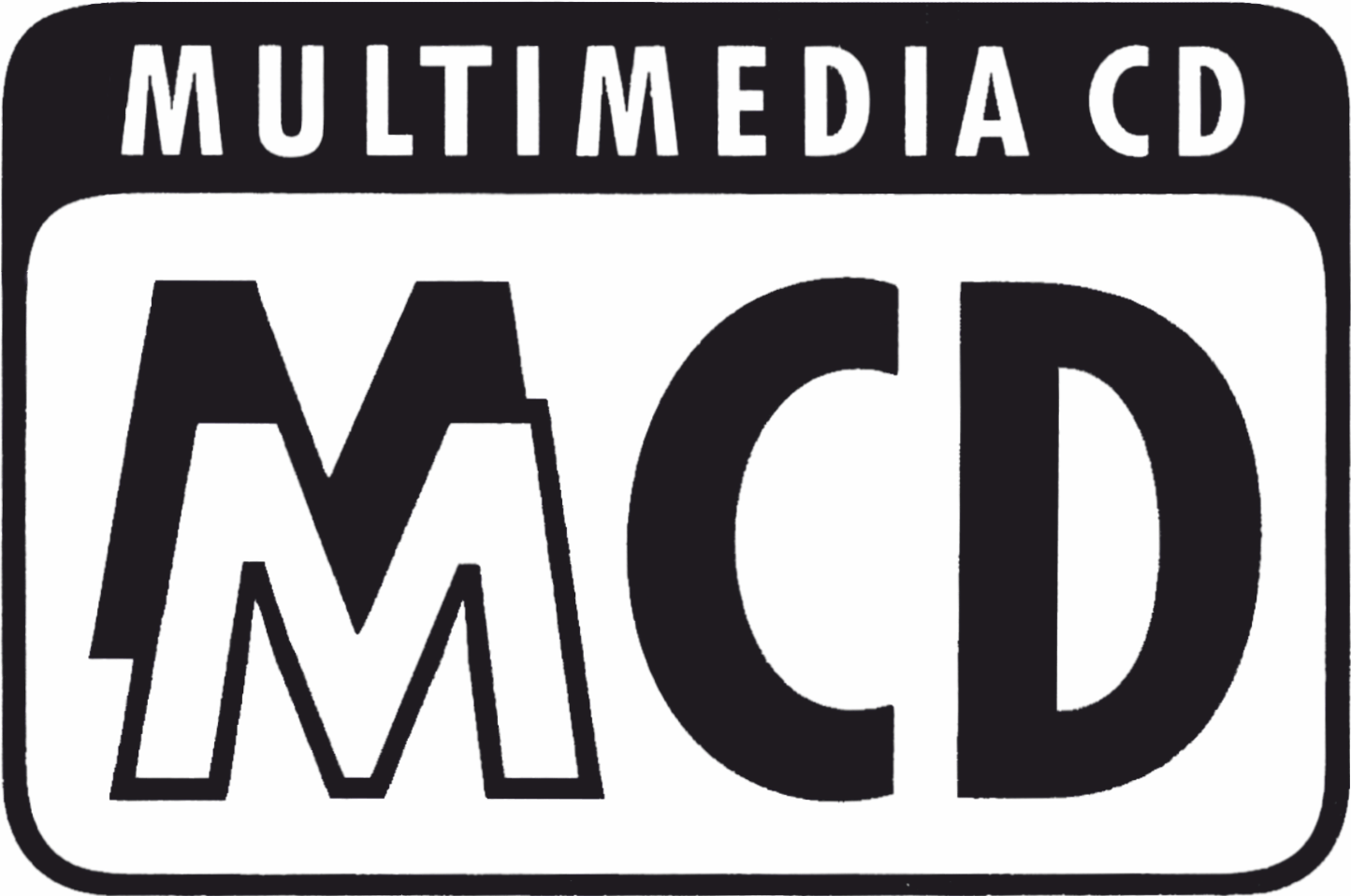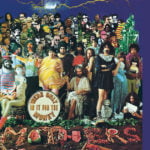It’s the time of year for saving money!
Format wars are inevitable because a lot of money is at stake. A successful consumer format generates many millions of dollars/yen/euros/etc. in license fees for the companies that hold the patents used in the products that support the format.
There have been many format wars since the late 19th century: Edison vs. Westinghouse vs. Tesla for generation and distribution of electricity, Edison’s cylinders vs. Berliner’s flat discs, Columbia’s LPs vs. RCA’s 45 rpm discs, etc.
Let’s look at some consumer-related format wars since the middle of the last century.
Color Television
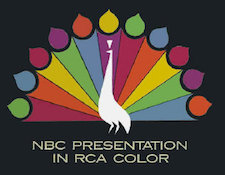 Two analog color television systems competed in the late 1940s and early 1950s. CBS developed an additive system that used a spinning color wheel or drum in front of a monochrome picture tube, while RCA’s used a shadow-mask three-color tube. CBS’ system was technically and visually superior, but it was not compatible with existing American black-and-white broadcasts and television sets. The FCC adopted the CBS system in 1950, but it reversed itself in 1953 and adopted the RCA system, which had been endorsed by the NTSC (National Television Standards Committee).
Two analog color television systems competed in the late 1940s and early 1950s. CBS developed an additive system that used a spinning color wheel or drum in front of a monochrome picture tube, while RCA’s used a shadow-mask three-color tube. CBS’ system was technically and visually superior, but it was not compatible with existing American black-and-white broadcasts and television sets. The FCC adopted the CBS system in 1950, but it reversed itself in 1953 and adopted the RCA system, which had been endorsed by the NTSC (National Television Standards Committee).
Because of its unstable color rendering, Europeans dubbed NTSC television “Not Twice the Same Color” and designed their competing PAL system, which had stable color. Later, though, with the development of phase-locked-loop decoders, NTSC color also became stable.
Many years later, CBS’ spinning color wheel became a standard feature of single-chip DLP-based video projectors.
FM Stereo
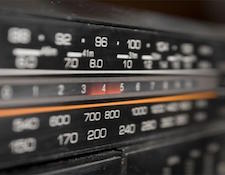 Then came FM Stereo in the early 1960s. There were two proposals: Crosby and Zenith/GE. The Crosby system sounded better than the Zenith/GE because it took over the space on the FM carrier that was used by many FM stations to broadcast one or two subscription channels for background music distribution, foreign language radio, etc. The income from those subsidiary broadcasts was needed by FM stations because FM was then a niche format — FM-equipped portable radios and car radios didn’t exist yet.
Then came FM Stereo in the early 1960s. There were two proposals: Crosby and Zenith/GE. The Crosby system sounded better than the Zenith/GE because it took over the space on the FM carrier that was used by many FM stations to broadcast one or two subscription channels for background music distribution, foreign language radio, etc. The income from those subsidiary broadcasts was needed by FM stations because FM was then a niche format — FM-equipped portable radios and car radios didn’t exist yet.
Zenith/GE replaced only one of the subcarriers, so broadcasters could continue one subscription channel for their subsidiary income as well as broadcast in stereo. Despite the Crosby system’s technical superiority, station economics drove the FCC decision to accept the Zenith/GE system, which was then adopted worldwide.
VCRs
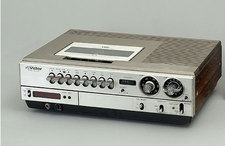 Next, the war many audiophiles often cite: VCR systems — Beta (Sony) vs. VHS (Matsushita/JVC) vs. V2000 (Philips). The Philips machines were sold in Europe, so North American consumers may not be familiar with them. As is well-known, although it had lower video quality than Beta, VHS won this three-way war because it was broadly licensed and offered longer playing times. The Beta format continued in both analog and digital forms for professional video.
Next, the war many audiophiles often cite: VCR systems — Beta (Sony) vs. VHS (Matsushita/JVC) vs. V2000 (Philips). The Philips machines were sold in Europe, so North American consumers may not be familiar with them. As is well-known, although it had lower video quality than Beta, VHS won this three-way war because it was broadly licensed and offered longer playing times. The Beta format continued in both analog and digital forms for professional video.
HDTV
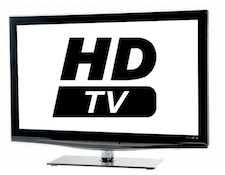 There were separate high-definition broadcast video standards in the USA (ATSC) and Europe (DVB). Different audio compression systems were originally chosen for the two systems: Dolby Digital for ATSC and MPEG Multichannel for DVB.
There were separate high-definition broadcast video standards in the USA (ATSC) and Europe (DVB). Different audio compression systems were originally chosen for the two systems: Dolby Digital for ATSC and MPEG Multichannel for DVB.
The ATSC choice of Dolby Digital over MPEG Multichannel turned out to be controversial. Court filings made well after the decision was made [http://tech.mit.edu/V122/N54/54hdtv.54n.html] revealed that Dolby paid MIT $30 million and offered Zenith a substantial discount on license fees. Both Zenith and MIT were represented on the four-person committee that selected Dolby Digital. The same court filings revealed that the MIT faculty member who voted for Dolby Digital was expected to receive $8 million in royalties.
DVD
 The next format war was about digital optical discs. Philips and Sony developed the MMCD (MultiMedia CD) and a consortium led by Toshiba developed the SD (SuperDisc). These formats were incompatible, and the computer industry, which wanted an optical storage system, refused to accept either one, forcing a shotgun marriage between the competitors. Thus, the 10-member DVD Consortium (which later became the DVD Forum) was formed to develop the specifications for DVD-Video, DVD-Audio, and DVD-ROM discs. It was an uneasy alliance from its beginning because Philips and Sony held key error-correction patents that had to be included.
The next format war was about digital optical discs. Philips and Sony developed the MMCD (MultiMedia CD) and a consortium led by Toshiba developed the SD (SuperDisc). These formats were incompatible, and the computer industry, which wanted an optical storage system, refused to accept either one, forcing a shotgun marriage between the competitors. Thus, the 10-member DVD Consortium (which later became the DVD Forum) was formed to develop the specifications for DVD-Video, DVD-Audio, and DVD-ROM discs. It was an uneasy alliance from its beginning because Philips and Sony held key error-correction patents that had to be included.
]]>Audio for DVD-Video
 DVD-Video discs had to be compatible with the two major analog broadcast systems: NTSC for North America, Japan, Korea and some others, and PAL for most of Europe, Asia, Australia, etc. North American HDTV included Dolby Digital audio, and European HDTV included MPEG Multichannel.
DVD-Video discs had to be compatible with the two major analog broadcast systems: NTSC for North America, Japan, Korea and some others, and PAL for most of Europe, Asia, Australia, etc. North American HDTV included Dolby Digital audio, and European HDTV included MPEG Multichannel.
Accordingly, DVD-Video discs for NTSC countries were originally specified to have mandatory Dolby Digital audio or PCM with optional MPEG Multichannel, and the discs for PAL countries were to have mandatory MPEG Multichannel or PCM audio with optional Dolby Digital. Philips holds some of the patents for MPEG Multichannel and administers the licensing for it.
MPEG Multichannel has advantages over Dolby Digital. MPEG Multichannel contains two streams: a stereo stream that includes the audio from all 5.1 channels encoded in a Dolby Surround-compatible matrix, and an extension stream that combines with the stereo stream to decode and output the discrete 5.1 channels. A simpler and less expensive MPEG decoder could be used for stereo in lower cost systems. Further, MPEG Multichannel can encoe with variable bitrate, so less complex program material such as dialog alone can be encoded at a lower rate, thus saving disc space and allowing higher quality video encoding.
In contrast, the original Dolby Digital decoder chips were fixed bitrate with 5.1 channels, and while they could decode two-channel streams and fold down 5.1 channels into two, there was no lower-cost two-channel-only decoder. MPEG Multichannel is capable of 8 discrete full-range channels, and many of the public demonstrations used 7.1-channel recordings.
Some members of the DVD Consortium were unhappy that Philips and Sony would receive license fees from the production and sale of PAL-compatible DVDs with MPEG audio, and the Hollywood studios, which had no experience with MPEG Multichannel, were unsure about its quality compared to Dolby Digital, with which they were very familiar from its use in theatrical film releases.
Philips engaged my services as a liaison with the Hollywood studios. My task was to demonstrate that MPEG Multichannel audio was at least as high quality as Dolby Digital. To that end, I set up double-blind comparisons between Dolby Digital, MPEG Multichannel, and unencoded audio at a respected post-production facility in Santa Monica. Over 50 studio sound directors and mixers compared clips encoded with both systems to the unencoded originals, and the results were statistically random — they identified the unencoded originals about 50% of the time, equivalent to guesses.
I also worked with other Philips colleagues to set up a demonstration authoring system at the Warner facility that was authoring Dolby Digital-encoded discs to prove that DVDs with MPEG Multichannel audio could be produced. Warner’s own authoring system was supplied by Toshiba; both companies were members of the DVD Consortium, and Toshiba engineers were on site and observing our work. Additionally, I provided MPEG Multichannel encoders to other studios for their on-site evaluation.
I was bemused when a Toshiba executive told European reporters that we were unable to author MPEG Multichannel discs when, in fact, we had done this in the Warner facility as well as in our labs. Toshiba apparently told other Consortium members the same thing.
Then came the crushing blow: the DVD Consortium voted 8-2 to change the standard and allow Dolby Digital to be the primary audio stream on PAL-compatible DVDs; Philips and Sony cast the negative votes. Studios were pleased that they no longer needed separate encoding systems for NTSC- and PAL-compatible discs, and Dolby Digital was the only audio format on most DVD-Video discs, with DTS a later optional addition.
After the dust cleared, Dolby Digital is ubiquitous on DVD-Video discs and ATSC broadcasts, and MPEG Multichannel, Dolby Digital, or AAC are used in DVB broadcasts.
Stay tuned for further dispatches from your format war correspondent.
Garry Margolis is an independent consultant based in Los Angeles. He produced and engineered analog recordings and supervised their mastering and pressing, then joined JBL Professional and UREI, where he was involved in the specification and voicing of studio monitors and high-end consumer systems.
He was Philips’ North American liaison to the motion picture and recording industries for technologies including MPEG Multichannel audio, Super Audio CD, and Blu-ray.
He is a Past President of the Audio Engineering Society and currently serves as its Treasurer.
